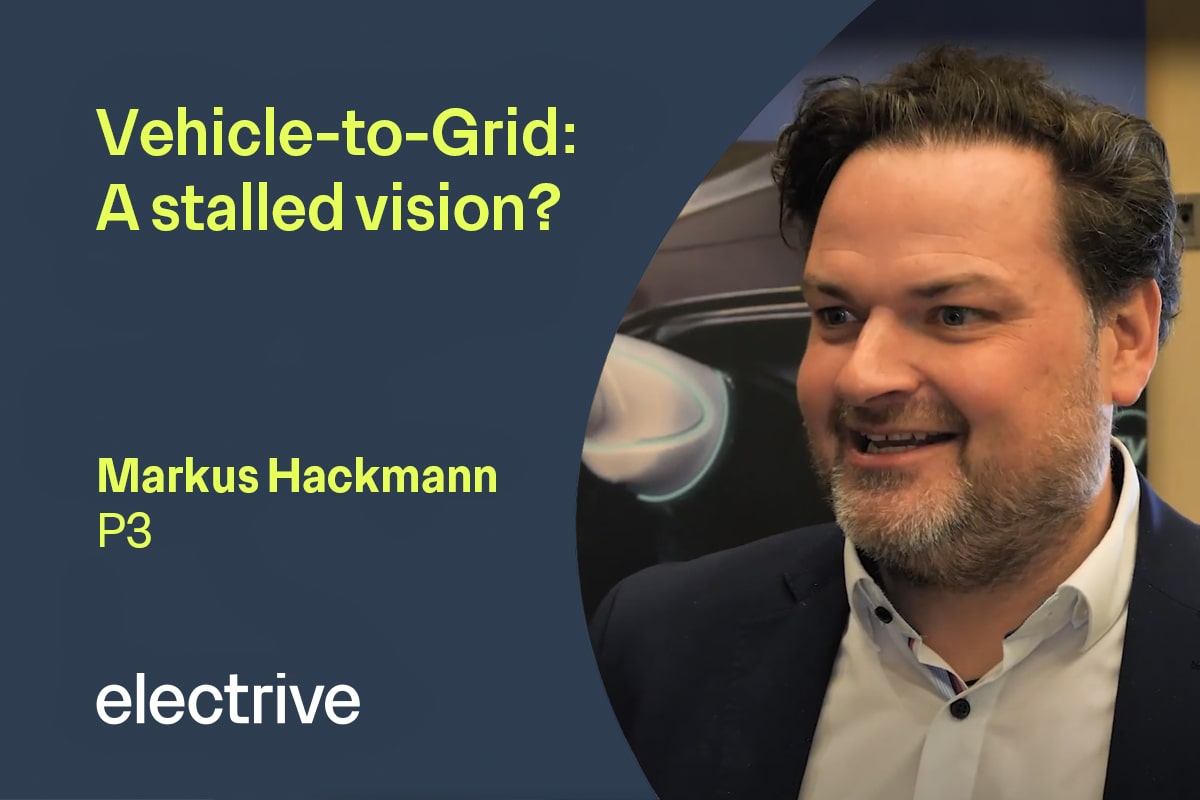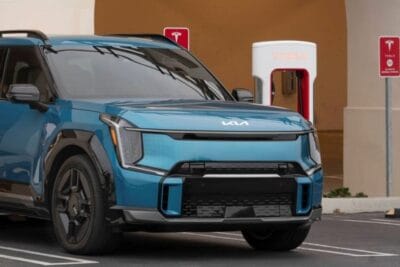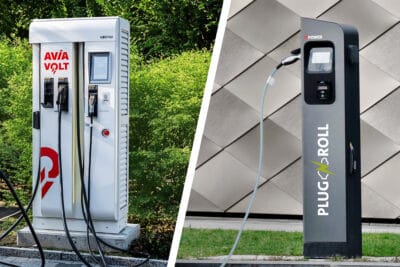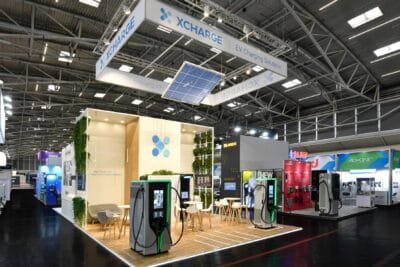Vehicle-to-grid is a stalled vision – Markus Hackmann from P3
In the race to revolutionise energy systems through bidirectional charging, the track ahead is far from clear. While the concept of electric vehicles not just consuming, but supplying electricity to the grid sounds like the obvious next step, Markus Hackmann, Managing Director at P3, sees a mismatch between promise and progress.
“Three years ago, I was full of passion, full of power,” he reflects. “We have the PV energy system, so it’s very easy to bring energy into the grid.” Yet today, Hackmann expresses more frustration than enthusiasm. “Now, I’m just looking around saying nothing really happens. It’s every time the same discussions.”
The technology itself, he admits, is there. “Vehicle-to-home is at the market. I, myself, am using this system at my home place and it works,” he says. The catch? “It’s a proprietary system.” That, in Hackmann’s view, is a major roadblock. “The future has to be non-proprietary. Every supplier has to match with every car.” Only then will bidirectional charging scale beyond personal garages to wider fleet applications—and ultimately, to the grid.
While the battle of AC versus DC remains unresolved, Hackmann offers a pragmatic take. “AC bidirectional charging is, in terms of cost, much better,” he acknowledges. “But DC, in my opinion, will win the race because the energy system is DC. If you have a look at PV and batteries, that’s an easy drive for an answer to this very complicated question.”
Still, when it comes to implementing vehicle-to-grid (V2G) at scale, technology isn’t the problem. Regulation is. “We are talking about regulatory framework and norms and all of this,” he says, referring to the European directive on renewable energy. “This is not innovation. It just means that vehicle-to-grid is moved to maybe 2027. And in my opinion, it could be here now.”
So what needs to happen to unlock the stalemate? Hackmann points to a simple, if slightly tongue-in-cheek, solution: “Bring all [stakeholders] together, maybe lock the room. And when we have white clouds coming out of the building, it means they found a solution. And it’s really that easy. When everybody wants it to happen, it will happen.”
That trinity of stakeholders—automotive, energy, and grid industries—must align not just technically but economically. And at the centre of it all, says Hackmann, should be the customer. “There is a slice of pizza for everybody,” he says of the financial incentives on offer. “But the customer has to be at the centre.” Without meaningful benefits for the end-user, Hackmann argues, the energy transition risks stalling before it begins. “Until now, the customer doesn’t understand what is really happening and why should he invest in this energy system. And I would say this is the dilemma.”
For now, Hackmann’s outlook is tempered by realism rather than optimism. While others in the space may remain bullish, he’s calling for less talk and more action. “I really would look forward to innovations to make it possible to find very good customer solutions, bring the customer into the centre of the answer.”
For those eager to explore the potential of bidirectional charging, The Smarter E will feature a Special Exhibit Bidirectional Charging from May 7–9, 2025, in Munich. The exhibit will be located in Hall C6, Booth C6.450, next to the Power2Drive Forum.





0 Comments